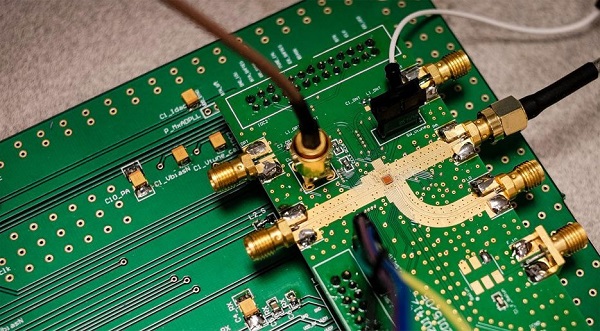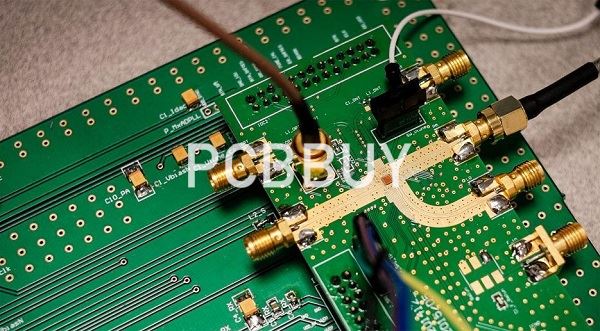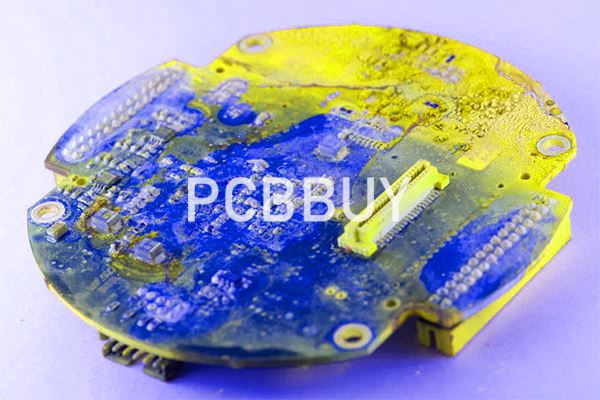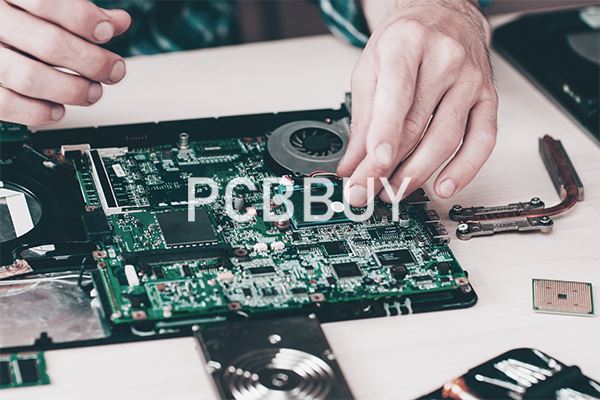What Are the 7 Elements of PCB Material Mechanical Properties?
By:PCBBUY 03/14/2022 11:02

Your substrate selection is no longer limited to FR4, but you should not make the decision of PCB laminate selection lightly. You should first understand how different material properties affect your PCB and choose a laminate that satisfies your operational requirements accordingly.
If you are searching for the professional knowledge of PCB material mechanical properties, please check and read the content below for more information.

What are the properties of Fr4 substrate?
The FR4 printed circuit boards have also gained popularity owing to the following reasons:
· FR4 is a low-cost material.
· It has a high dielectric strength which contributes to its electrical insulation properties.
· The material has a high strength-to-weight ratio and is lightweight.
· It is moisture resistant and has relative temperature resistance as well.
· The material has good electric loss properties.
· FR4 doesn’t absorb water, which makes it suited for various marine PCB applications, too.
· The material is yellow to light green in color, which perfectly goes with any application.
Chemicals that are applied to materials to prevent or delay the spread of fire are known as flame retardants. FR4 substrates have excellent thermal, mechanical, and electrical properties making them a perfect choice for a wide range of electronic applications. Flame retardant laminates and prepreg are extremely versatile, adaptable to a variety of manufacturing procedures, and produce predictable results.
The electrical properties of a PCB material are critical for signal integrity and impedance considerations. They specify how fast an electrical signal propagates through the material and how much electrical charge it can retain in a given volume.
What are the types of PCB substrate?
Once upon a time, the choice in radio frequency/microwave circuit-board materials was a simple choice of:
· Hard, or rigid circuit material
· Soft, or flexible circuit material
You now have more to choose from. With the boom in electronics, circuit materials are now available for specific applications, such as antennas, or even frequency ranges, e.g. millimeter-wave frequencies.
Still, the base substrate for most PCB materials tends to fall into the same categories as before: hard/rigid or soft/flexible.

What are the PCB material mechanical properties?
Before tackling the impact of PCB material properties on your board’s manufacture, we need to know what they are. The significant properties may be classified as mechanical, electrical, thermal or chemical.
Mechanical Properties
Bending (Flexural) Strength
The ability of your board to resist deformation or breakage when under bending stress. Standards for rigid, flex and rigid-flex must be adhered to according to IPC-6013C.
Time to Delamination
A measure of how long a PCB’s layers will remain attached when exposed to temperature changes or moisture.
Density (g/cm3)
The amount of mass per volume for a dielectric.
Peel Strength
The ability of copper layers and dielectrics to remain bonded under thermal and chemical stress.
Electrical Properties
Dielectric Constant, dk
Affects the signal integrity and impedance of a PCB material. Should be constant over a broad range of frequencies for high-speed applications.
Relative Permittivity, Er
Referred to as relative dk.

Surface Resistivity, 𝛒S (Ω-m)
A measure of a dielectric material’s surface resistance to the flow of electricity. Susceptible to change with temperature and moisture. Should be high to facilitate good signal integrity.
Volume Resistivity, 𝛒 (Ω/m2)
Measure of a dielectric’s volume resistance. Preferably high to maintain isolation between layers.
Dissipation Factor, Df
A measure of signal or power loss of a PCB material. Not a factor for digital signals, but can be significant for analog signals, especially for frequencies above 1GHz as Df increases with increased frequency.
Electrical Strength (V/mil)
The ability of a PCB to resist electrical breakdown in the z-direction.
Industry Category











